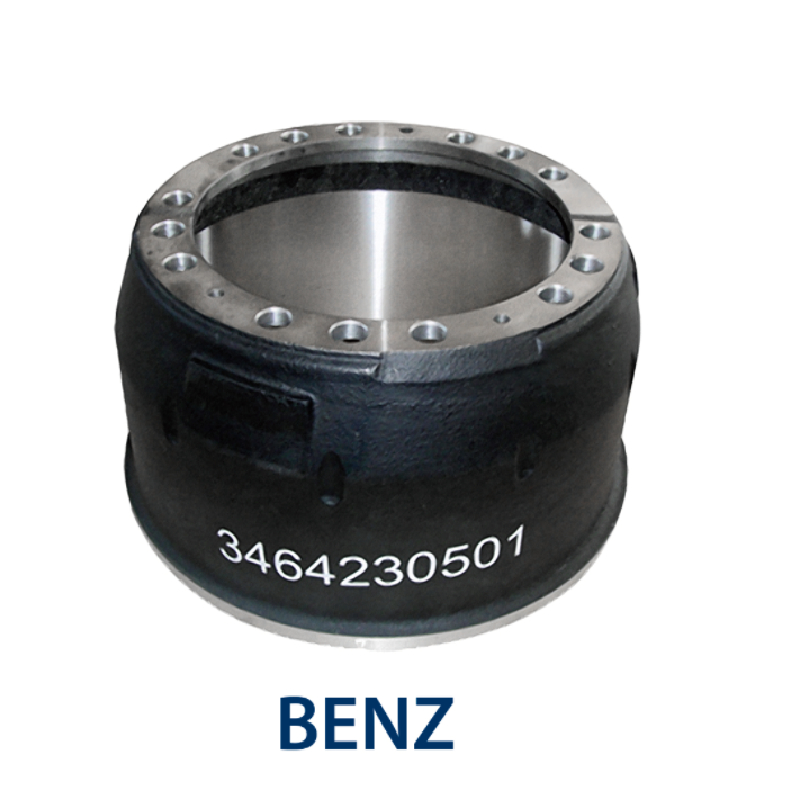Aug . 15, 2024 08:39 Back to list
Understanding the Components and Terminology of Brake Drum Assembly and Its Parts
Understanding Brake Drum Parts An Essential Overview
Brake drums are crucial components of a vehicle's braking system, primarily found in older or heavier vehicles. Understanding the various parts associated with brake drums can enhance your knowledge of vehicle maintenance and safety. This article delves into the key components that make up brake drums and their functions.
1. Brake Drum
The brake drum itself is a cylindrical component that houses the braking mechanism. It is typically made of cast iron or aluminum and rotates with the wheel. When the driver presses the brake pedal, brake shoes push outward against the internal surface of the drum, creating friction that slows down or stops the vehicle. The material and design of the brake drum are critical for effective heat dissipation and durability.
2. Brake Shoes
Brake shoes are curved components that press against the inner surface of the brake drum. They are equipped with friction material, which is designed to create adequate friction when contacting the drum. Brake shoes usually come in pairs, with one for each side of the drum. Over time, the friction material wears down, necessitating regular inspection and replacement to maintain optimal braking performance.
3. Wheel Cylinder
The wheel cylinder is a hydraulic component that provides the force needed to push the brake shoes against the drum. When the brake fluid is pressurized by the brake master cylinder, it travels to the wheel cylinder, causing the pistons within to push the brake shoes outward. The efficiency of the wheel cylinder directly impacts the overall braking power and responsiveness of the vehicle.
4. Return Spring
brake drum parts names

A return spring is an essential part of the brake system, designed to pull the brake shoes back into their resting position after the driver releases the brake pedal. This prevents the shoes from dragging against the drum, which could cause excessive wear and potential overheating. The return spring ensures that the brake shoes are properly positioned for the next braking cycle.
5. Adjuster Assembly
The adjuster assembly is a mechanism that maintains the correct distance between the brake shoes and the inner surface of the drum. It compensates for wear over time, ensuring that the brake shoes are always positioned optimally for effective contact with the drum. Proper adjustment is crucial for balanced braking and prolonging brake component lifespan.
6. Dust Shield
The dust shield is a protective cover that prevents dust, debris, and moisture from entering the brake assembly. By shielding the brake components, it helps maintain their performance and longevity. A clean brake environment is essential for safe and effective braking.
7. Drum Bolts and Retaining Clips
Drum bolts and retaining clips secure the brake drum to the wheel hub. They ensure that the drum remains in place during operation, preventing any movement that could potentially disrupt the braking process. Regular checks on these components help to avoid issues related to loose or damaged fittings.
Conclusion
Understanding the parts of a brake drum assembly is essential for anyone interested in vehicle maintenance or safety. Each component, from the brake drum and shoes to the wheel cylinder and return spring, plays a vital role in ensuring effective braking performance. Regular inspection and maintenance of these parts are crucial to ensure that the braking system functions efficiently, ultimately contributing to the safety of the vehicle and its occupants. Whether you are a car enthusiast or someone who simply wants to ensure their vehicle operates safely, being acquainted with these important brake drum parts will empower you to make informed decisions regarding maintenance and repairs.
-
Scania Brake Drums: OEM Quality for Optimal Safety & Durability
NewsAug.16,2025
-
R.V.I: Advanced Remote Visual Inspection for Precision
NewsAug.15,2025
-
Discover HYUNDA: Innovative Vehicles, Equipment & Solutions
NewsAug.14,2025
-
R.V.I: Unlock Advanced Insights & Real-time Performance
NewsAug.13,2025
-
Kamaz Brake Drum: Durable & Reliable for Heavy Duty Trucks
NewsAug.12,2025
-
Heavy Duty Iveco Brake Drum - Premium Quality & Safety
NewsAug.11,2025
